ELL Strategies & Resources
There are many effective strategies and procedures for providing learning opportunities for English-language learners (ELL), even when the teacher doesn't speak their native language. Learn tips for teaching students whose first language isn't English, including ways to ensure they are involved in the classroom with the rest of your students.
- What Is Comprehensible Input?
A critical concept for second-language development for students with and without learning difficulties is comprehensible input -- students being able to understand the essence of what is being said or presented to them.
- What Is Meaningful Access to the General Curriculum?
The purpose of providing comprehensible input to English-language learners with learning difficulties is to ensure that instruction that deals with grade-appropriate content, concepts, and skills.
- The Unique Challenges of Teaching English-Language Learners
The most common problem in providing meaningful access to the curriculum has been the practice of viewing English-language learners with learning difficulties as simply low-performing native English speakers.
- Increasing Meaningful Access Through Comprehensible Input
Providing curriculum access does not absolve districts of their responsibility to teach students how to read and develop other core academic skills. Below-grade material can be used if doing so better assists students in learning a core academic objective.
- Teaching Academic Language
Successful educators of English-language learners who are particularly effective with students with learning difficulties understand that demonstrating language proficiency depends heavily on contextual factors.
- Useful Initial Teaching Strategies
These initial steps will help immensely in preparing the right kind of instructional environment for English-language learners with learning difficulties.
- Key Instructional Principles to Use with English-Language Learners
A list of several key instructional principles that can be used with English-language learners with learning difficulties.
- Teaching English-Language Learners with Learning Difficulties
Practical information and guidelines for those working in districts or schools that provide services to students with a variety of learning difficulties for whom English is a second language.
- Effective Instruction for English Language Learners with Mild Disabilities
A description of the Optimal Learning Environment Curriculum, a resource that helps teachers of Spanish-speaking students with language arts.
- Bilingual Special Education
An article on how to properly combine special education and bilingual education.
- Empowering Diverse Students with Learning Problems
A summary of a program that can foster a positive attitude and positive self-concept for culturally diverse students.
- Teaching Poetry for English Language Learners
This packet of strategies and tools for teaching poetry to ELLs will help ESL educators focus on building language arts skills through reading poetry.
Recommended English Language Learners Resources
-
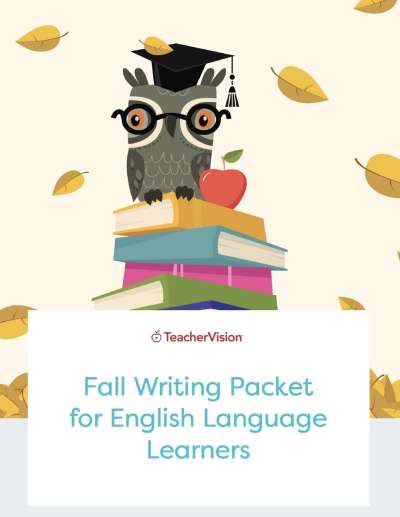
ACTIVITIES
Fall Writing Prompts for English Language Learners
Build creative writing skills with this packet of fall writing prompts and activities, perfect for Autumn and the fall s... -

TEACHING RESOURCE
What Is Comprehensible Input for ELL Students?
10 tips and strategies to help English-language learners thrive in your classroom. English-language learners often stru... -
TEACHING RESOURCE
Communicating with Culturally Diverse Parents of Exceptional Children
-

TEACHING RESOURCE
Teaching English-Language Learners with Learning Difficulties
Practical information and guidelines for those working in districts or schools that provide services to students with a ... -

TEACHING RESOURCE
Key Instructional Principles to Use with English Language Learners
A list of several key instructional principles that can be used with English-language learners with learning difficultie... -
TEACHING RESOURCE
Increasing Meaningful Access Through Comprehensible Input
Providing curriculum access does not absolve districts of their responsibility to teach students how to read and develop... -

TEACHING RESOURCE
The Unique Challenges of Teaching English-Language Learners
The most common problem in providing meaningful access to the curriculum has been the practice of viewing English-langua... -
TEACHING RESOURCE
Useful Initial Teaching Strategies
These initial steps will help immensely in preparing the right kind of instructional environment for English-language le... -
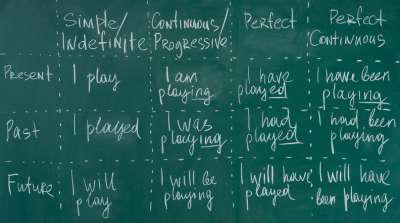
TEACHING RESOURCE
Teaching Academic Language
Successful educators of English-language learners who are particularly effective with students with learning difficultie... -
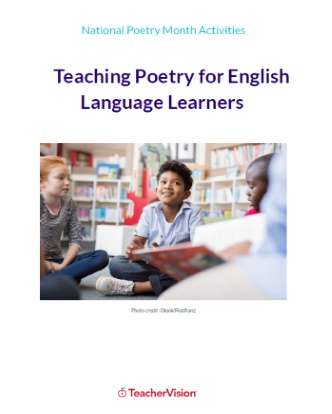
TEACHING RESOURCE
Teaching Poetry for English Language Learners
This packet of strategies and tools for teaching poetry to ELLs will help ESL educators focus on building language arts ... -
TEACHING RESOURCE
Bilingual Special Education
-
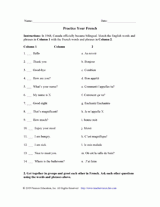
WORKSHEETS
Practice Your French
-
TEACHING RESOURCE
Effective Instruction for English Language Learners with Mild Disabilities
A description of the Optimal Learning Environment Curriculum, a resource that helps teachers of Spanish-speaking student... -
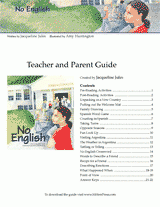
WORKSHEETS
No English Teacher's Guide
Introduce your students to Diane and Blanca, two second-grade girls who find a creative way to overcome a language barri... -
TEACHING RESOURCE
Empowering Diverse Students with Learning Problems
-
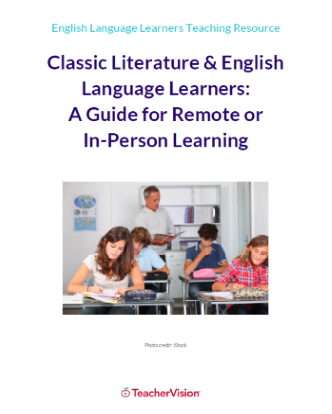
TEACHING RESOURCE
Teaching Classic Literature to English Language Learners: A Guide for Remote or In-Person Learning
This resource provides 5 strategies for differentiating or tailoring "the classics" for your ELL students. Focused aroun... -
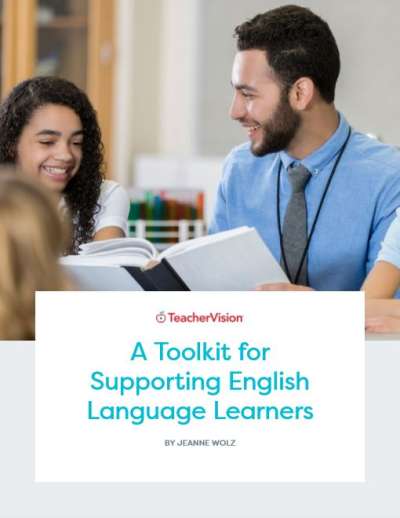
TEACHING RESOURCE
Best Practices for Supporting ELLs E-Book
In this e-book, veteran ESL teacher Jeanne shares her best practices for supporting English Language Learners. She inclu... -
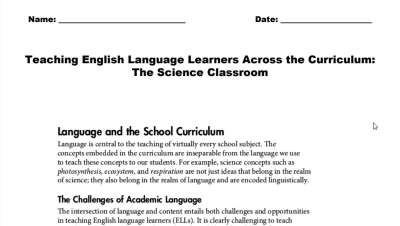
TEACHING RESOURCE
Teaching English Language Learners Across the Curriculum: The Science Classroom
In this printable, educators will find the Pearson ELL Curriculum Framework, which outlines the core principles of teach... -

WORKSHEETS
Study Guide to Marianthe's Story: Painted Words and Spoken Memories
Use this study guide to teach Marianthe's Story: Painted Words and Spoken Memories by Aliki. This literature guide inclu... -
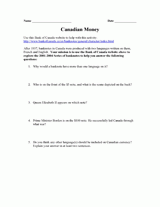
WORKSHEETS
Canadian Bilingual Currency Activity
-
REFERENCE
New Orleans, La.
-

TEACHING RESOURCE
What Is Meaningful Access to the General Curriculum?
The purpose of providing comprehensible input to English-language learners with learning difficulties is to ensure that ... -
TEACHING RESOURCE
Reducing Overrepresentation of Diverse Students in Special Education
-
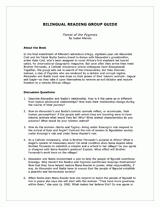
WORKSHEETS
Forest of the Pygmies Bilingual Reading Guide
This guide includes discussion questions in English and Spanish to accompany the book Forest of the Pygmies by Isabel Al...


